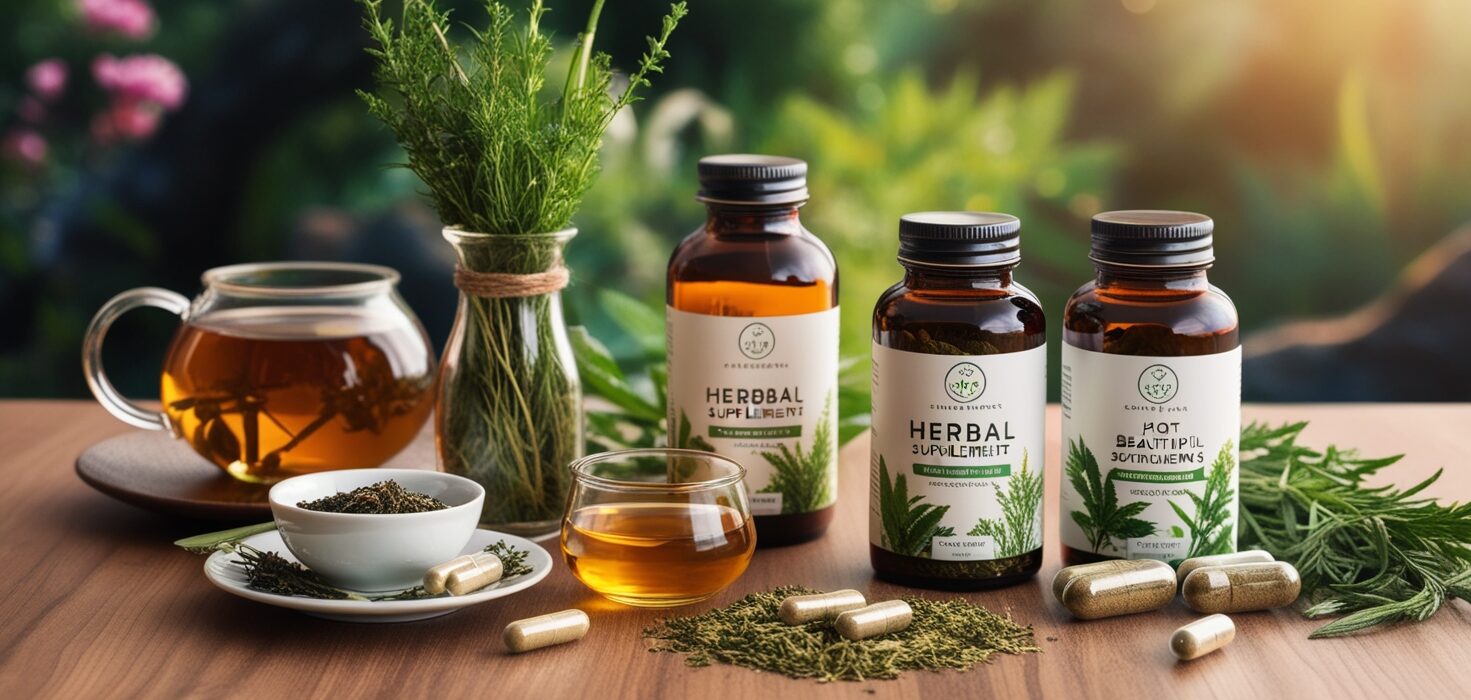Labels on herbal supplements serve as essential guides for anyone stepping into the world of natural remedies. They aren’t just for show; those little rectangles packed with tiny print are your first line of defense in understanding what you’re consuming.
Clear labeling is crucial because it provides valuable information about the supplement’s contents. By law, supplement labels provide details like the serving size, active ingredients, and other added components. It’s these details that help consumers figure out if a supplement is right for their needs, making those small fonts worth squinting at.
Confusing labeling standards can create significant hurdles for consumers. With various terms and health claims scattered across the packaging, figuring out what’s genuine and what’s just fancy marketing can be tricky. This is why learning to navigate these labels is vital for making informed choices. Understanding what’s included and being able to identify each component can help you steer clear of misleading products.
Empowered by the right information, you can ensure that every herbal supplement you pick up aligns with your health goals. It’s about taking charge of what you put into your body, making sure you’re not just buying into the brand’s promise, but also the product’s integrity.
Deciphering Commonly Used Terms and Claims
Navigating the language on herbal supplement labels can sometimes feel like decoding a foreign language. Understanding what each term means is crucial in figuring out whether a product meets your needs.
Terms like ‘natural’, ‘organic’, or ‘standardized’ often appear on labels and can be quite misleading if you don’t know what they entail. ‘Natural‘ might suggest that a product is free from synthetic ingredients, but it doesn’t always guarantee that. ‘Organic‘ indicates that the ingredients were grown without certain pesticides or chemicals, aligning with certified organic standards. ‘Standardized’, on the other hand, suggests that the supplement contains a specific amount of each key herb, ensuring consistency across different batches.
When you’re looking at a label, noticing the ‘Supplement Facts’ box is key. This section lists each dietary ingredient in the supplement, including the amount per serving. It’s different from the ingredients list, which includes all the components of the product, such as inactive or non-dietary elements like fillers or binders.
Distinguishing between marketing claims and scientific evidence is crucial. Claims like ‘boosts immunity’ or ‘supports digestion’ might not always be backed by scientific data, so it pays to dig a little deeper. Check if there are clear references to clinical trials or research findings that support such statements.
By understanding these terms and claims, you’re better equipped to compare products and determine which ones genuinely offer the benefits you need. This way, instead of relying on brand names or attractive packaging, you’re making health decisions based on facts and clarity.
Identifying Safe and Reliable Herbal Supplements
Finding safe and reliable herbal supplements might seem daunting with so many choices out there, but knowing what to look for can make the process simpler and safer.
Certifications and endorsements are your friends when it comes to assessing quality. Look for seals of approval from organizations like the USP (U.S. Pharmacopeia) or NSF International, which indicate that the product has been tested for quality and purity. These organizations set rigorous standards, so their marks on a label mean the supplement is more likely to be safe and effective.
Expiration dates and storage instructions are often overlooked, yet they play a key role in ensuring you get the most benefit from your supplements. Products past their expiration date may lose potency, making them less effective. Keeping an eye on this information helps maintain the efficacy of the herbs you’re investing in.
Paying attention to potential allergens and unnecessary additives is crucial, especially if you have known allergies or dietary restrictions. Ingredients such as artificial colors, fillers, or binders can sometimes trigger reactions or dilute the potency of the active herbal components. Checking this part of the label ensures that you’re aware of everything that goes into your supplement.
By focusing on these key markers, you can confidently navigate through the vast array of herbal supplements available, ensuring what you choose supports your health without unintended drawbacks.
Making Informed and Health-Conscious Choices
Choosing the right herbal supplement isn’t just about picking something off the shelf—it’s about making informed health decisions that align with your personal needs. Consulting a healthcare professional before starting any supplement regimen is a smart move. They can provide personalized advice based on your medical history and current health status, ensuring you’re choosing what’s best for your situation.
Researching reputable brands is another vital step in making educated choices. Look for companies with a solid track record, positive customer reviews, and transparent sourcing practices. Established brands often have better quality control measures, giving you more confidence in what you’re consuming.
If you’re trying a new supplement, keep track of any changes in how you feel. It’s crucial to report any adverse effects not just to your healthcare provider, but also to the seller or manufacturer. Sharing this feedback is important for maintaining safety standards and influencing future formulations.
By taking these steps, you’re not only safeguarding your own health but also contributing to higher industry standards, benefiting everyone who relies on herbal supplements. Embrace the role of an informed consumer and let knowledge guide your choices.
